


A tragedy struck off the coast of Mumbai when a boat accident occurred, killing 13 people and injuring many others. Survivors and tourists have raised concerns about inadequate life jackets and lack of instructions on how to use them. The Indian government has responded by making life jackets mandatory for all passengers traveling by boat. Tragically, the accident occurred during an Indian Navy ship's engine test, sparking conversations about prioritizing safety protocols and emergency preparedness.
Mumbai Boat Tragedy: Uncovering Hidden Concerns
The recent boat accident off the coast of Mumbai, resulting in the tragic loss of 13 lives, has sparked outrage and concern over safety measures. While the Indian government has responded by making life jackets mandatory, questions remain about the boat's condition and the lack of clear instructions on safety procedures.
Background
On July 26, 2022, a boat carrying passengers and tourists sank near the Gateway of India in Mumbai. The boat was part of a recreational trip organized by a private operator. According to survivors, the boat began to take on water shortly after departing the harbor, and there was confusion and panic as passengers struggled to find life jackets.
Causes and Concerns
The exact cause of the accident is still under investigation. However, survivors and witnesses have raised several concerns:
Response and Aftermath
The Indian government has responded to the accident by making life jackets mandatory for all passengers traveling by boat. This regulation aims to prevent similar tragedies in the future.
In the wake of the accident, there have been calls for increased safety protocols and emergency preparedness. Critics argue that boat operators should be more thoroughly inspected and that there should be better systems in place for responding to emergencies.
Top 5 FAQs
1. How many people died in the Mumbai boat accident? Answer: 13 people died in the accident.
2. What caused the accident? Answer: The cause is still under investigation, but there are concerns about inadequate life jackets, lack of instructions, and the condition of the boat.
3. What is the Indian government doing to prevent future accidents? Answer: The government has made life jackets mandatory for all passengers traveling by boat.
4. What are critics saying about safety measures? Answer: Critics argue that boat operators should be more thoroughly inspected and that there should be better systems for responding to emergencies.
5. Have there been similar boat accidents in Mumbai in the past? Answer: Yes, there have been other fatal boat accidents in Mumbai, including a ferry capsizing in 2003 that killed 34 people.
Conclusion
The Mumbai boat accident is a tragic reminder of the importance of safety on water. While the government's response is a step in the right direction, there is still more that can be done to prevent similar tragedies from happening. By addressing concerns about boat condition, safety protocols, and emergency preparedness, we can ensure that our waterways are safe for all passengers.
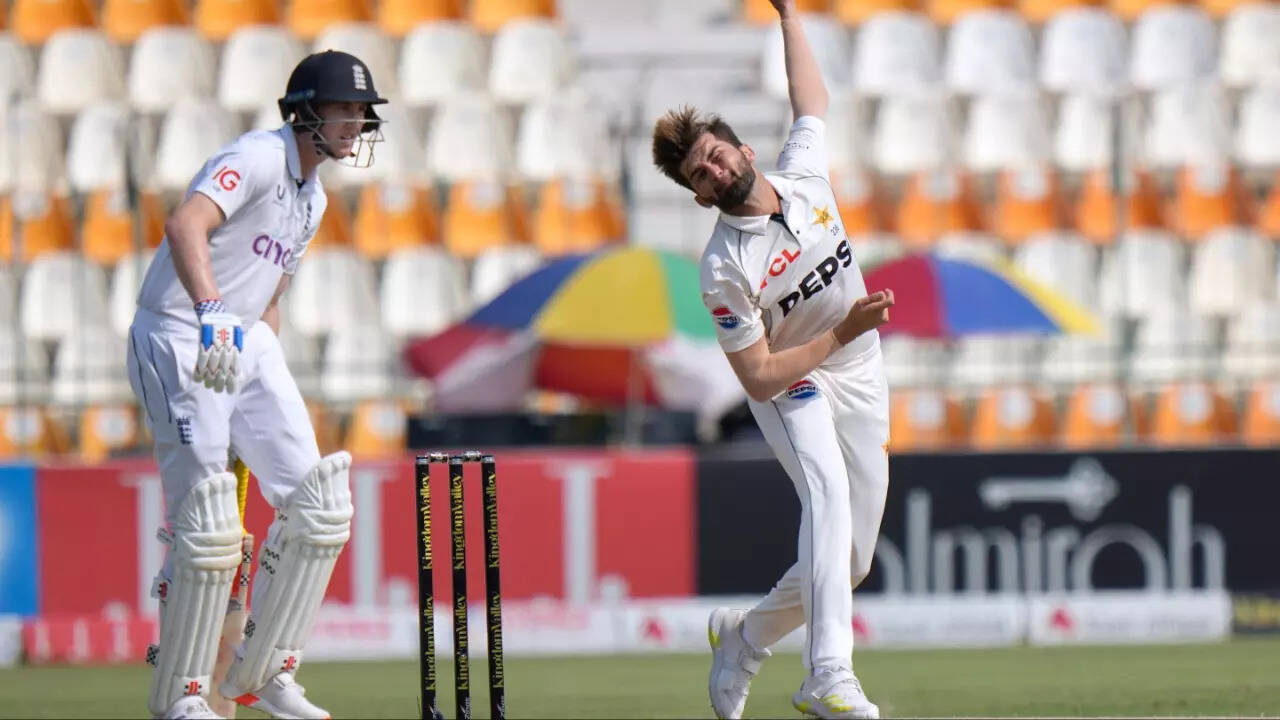
After the recent Pahalgam attack in Jammu and Kashmir, former Pakistan cricketer Shahid Afridi made controversial statements blaming India for the incident. He claimed that India promotes terrorism and kills its own people to put the blame on Pakistan. Afridi also expressed the need for sports diplomacy between the two countries and criticized India for not allowing the cricket team to travel to Pakistan. Despite his impressive career stats, Afridi's comments have sparked anger and backlash among Indians.

In response to the Pahalgam terror attack, the Indian government has taken further action against Pakistan by banning several Pakistani YouTube channels and top news networks in the country. These channels were found to be disseminating false narratives and misinformation against India, its Army and security agencies. This move is part of a series of non-military actions taken by the Indian government in the aftermath of the attack. Upon opening the banned YouTube channels, a message appears stating that the content is unavailable due to an order from the government related to national security or public order.

In response to the Pahalgam attack, the Indian government has blocked 16 Pakistan-based YouTube channels accused of spreading communally sensitive content. These channels had a combined total of 63 million subscribers. Meanwhile, Pakistani troops continued to violate ceasefire along the Line of Control. This follows heightened tension between India and Pakistan after the terror attack in Pahalgam.
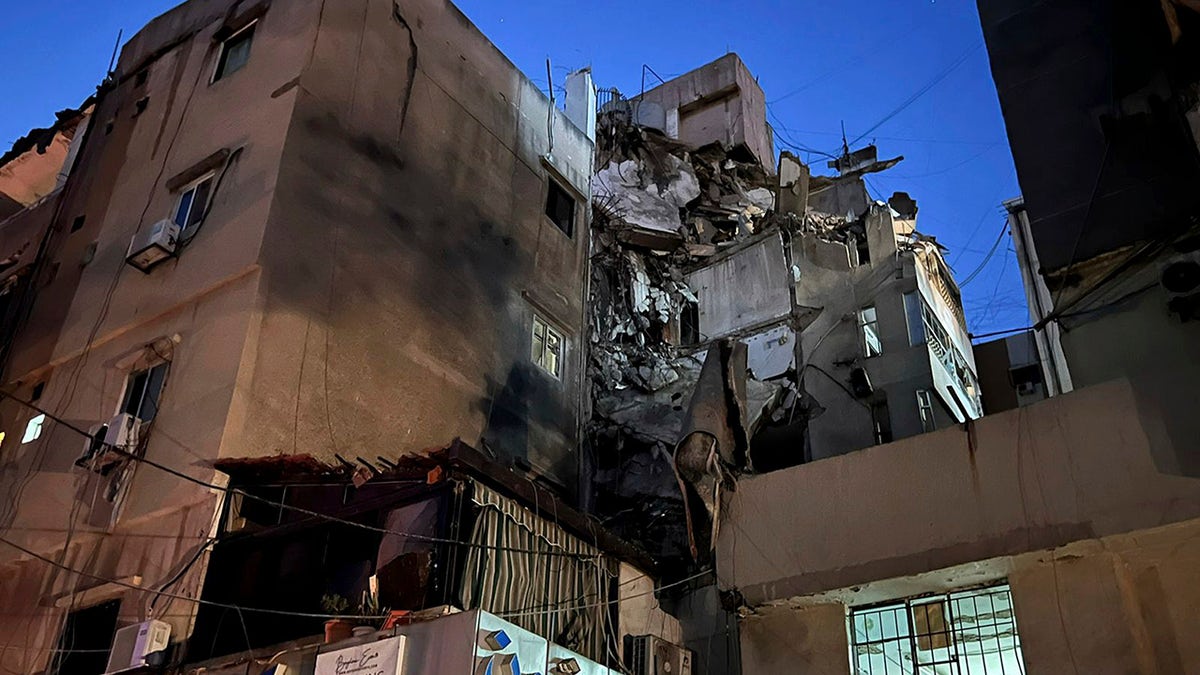
Tensions between Israel and Lebanon continue to escalate as Israel strikes South Beirut for the third time since the November 27 ceasefire. Lebanese President Joseph Aoun has called on France and the United States, who act as guarantors of the ceasefire, to put a stop to Israel's attacks. Israel claims the strikes are targeting Hezbollah's "precision-guided missiles," while Lebanon condemns them as a violation of the ceasefire agreement. The United Nations has appealed to both sides to halt any actions that could further escalate the situation.
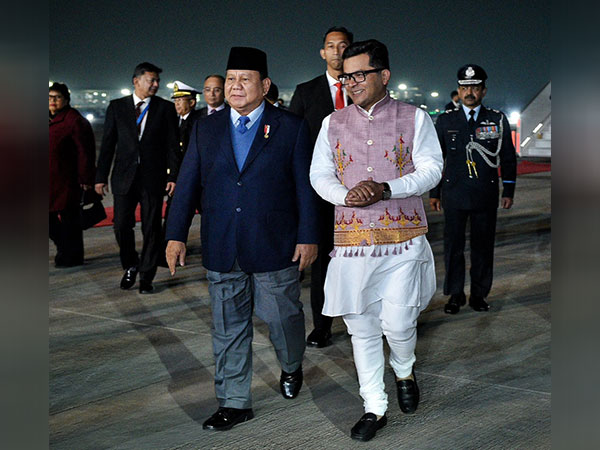
The Indonesian President, Prabowo Subianto, was the chief guest at India's 72nd Republic Day celebrations on Sunday. However, Pakistani expert Qamar Cheema has alleged that India 'put pressure' on Indonesia, leading to the cancellation of Subianto's visit to Pakistan. This move, according to Cheema, was India's way of 'settling scores' with Pakistan and Bangladesh, with whom they have growing relations. He also attributed this to India's strong economy, stating that Pakistan needs to focus on improving its economy to avoid such actions in the future.

Amidst the growing tensions between India and Pakistan, rumours circulated that Pakistan's Army Chief General Syed Asim Munir had gone missing or had fled the country. However, the Pakistani government released a photo on social media showing General Munir attending a public event with Prime Minister Shehbaz Sharif in Abbottabad on April 26, 2025. This move was seen as an attempt to dispel the speculation and present a united front amidst the escalating conflict between the two countries following the Pahalgam terror attack.
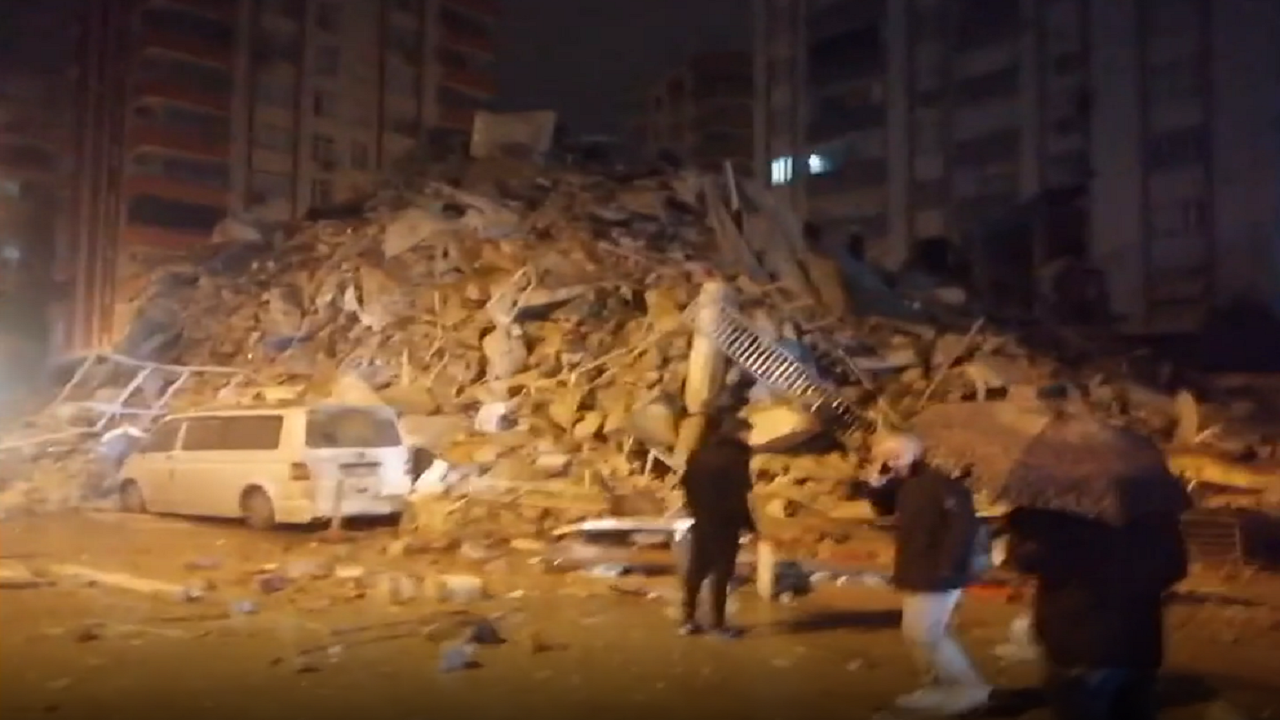
On Wednesday, an earthquake with a magnitude of 6.2 hit Turkey's Istanbul, leaving 151 people injured and causing panic among residents and tourists. The terrifying moment was captured on live television as CNN Turkey news reader Meltem Bozbeyoğlu was speaking with a guest when the studio shook. Despite appearing visibly scared, Bozbeyoğlu remained professional and calmed down her viewers while also trying to reach her own mother. Social media users have been praising the newsreader's composure while also sharing their experience of the earthquake.
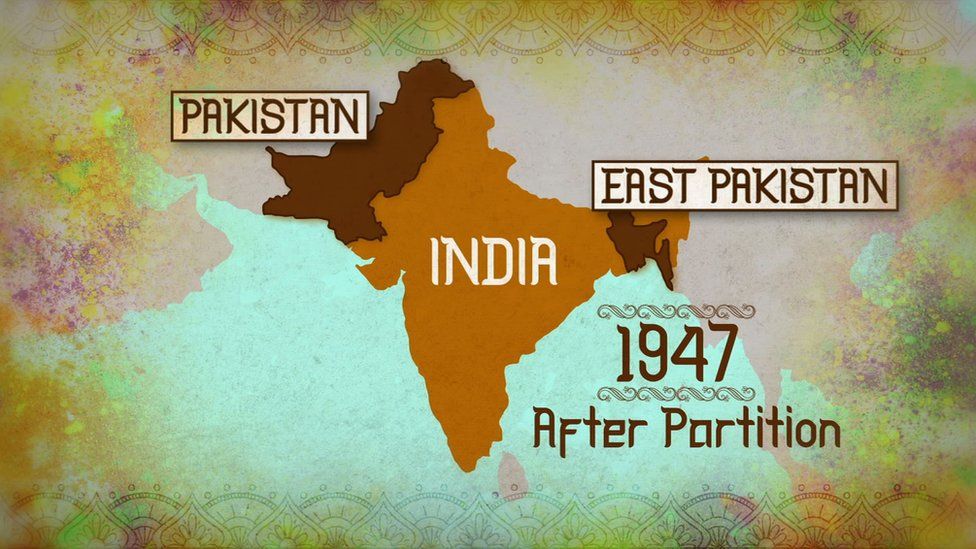
Amidst rising tensions between India and Pakistan, a breaking update reveals that there is growing opposition within the Pakistani army regarding Army Chief Asim Munir's recent speech on the India-Pakistan partition and Hindu-Muslim issues. A senior general in the army has accused Munir of inciting terrorist organizations and potentially leading to the recent terror attack in Pahalgam. This development adds a new dimension to the ongoing conflict between the two countries and raises concerns about a potential war.
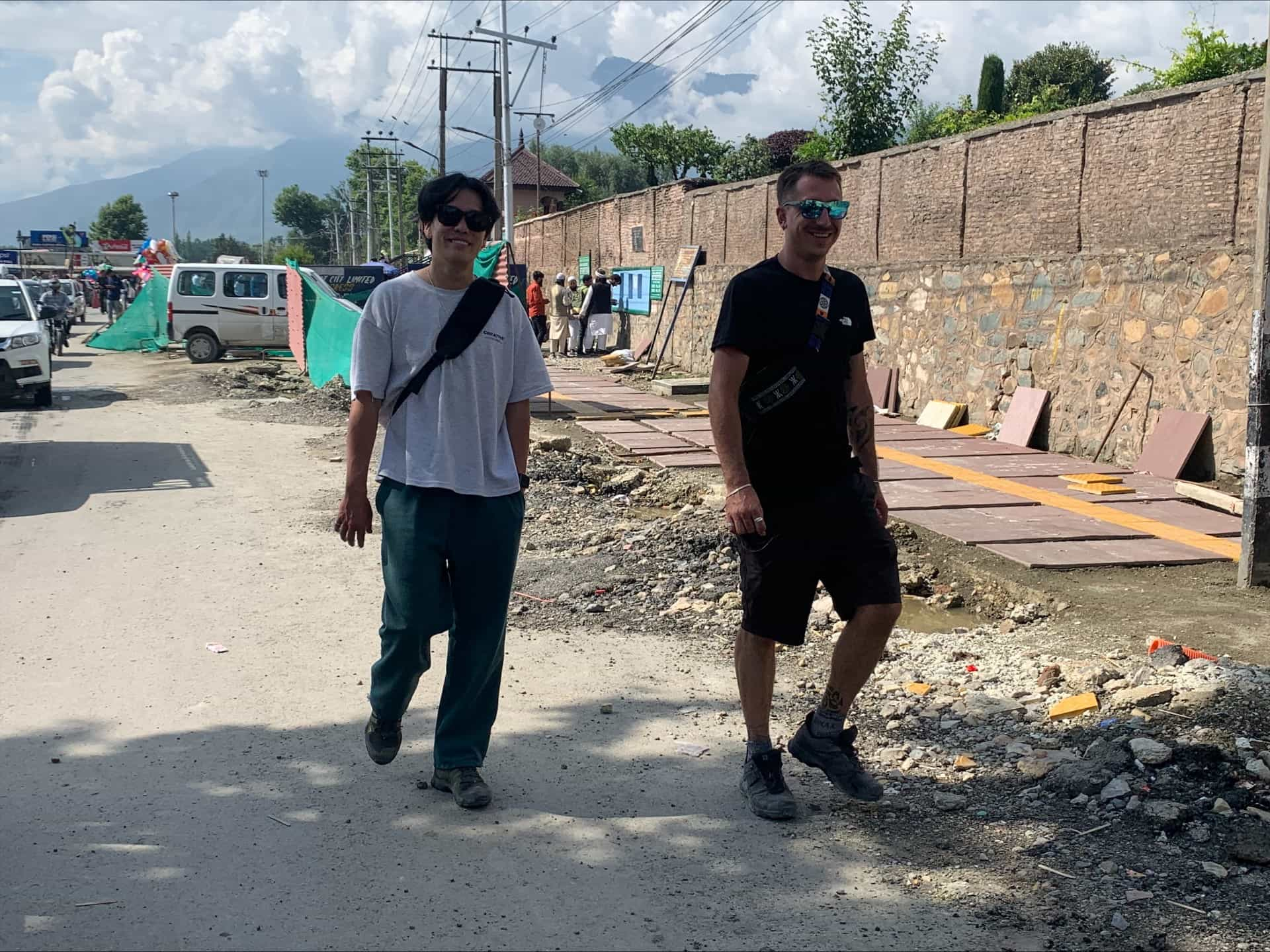
Despite recent terror concerns, tourists from Kolkata and Bangalore are returning to Kashmir Valley, expressing confidence in the region's safety. A visitor from Kolkata remarked that Kashmir is now safe and everything is open, welcoming tourists to come and enjoy the beautiful destinations including Pahalgam. The report also highlights the busy tourist activity at Dal Lake, with visitors enjoying scenic Shikara rides and local hospitality. This influx of tourists is a positive sign for the region's tourism industry.

During a CNN Turkey broadcast, news anchor Meltem Bozbeyoglu experienced a 6.02-magnitude earthquake and remained calm and professional as she continued her segment. The incident, captured on live TV, went viral on social media. The quake, which hit Istanbul and was felt across western Turkey, had a magnitude of 6.2 according to Turkey’s emergency management agency, with no immediate reports of damage. The epicentre of the earthquake was located in the Sea of Marmara, according to the United States Geological Survey.